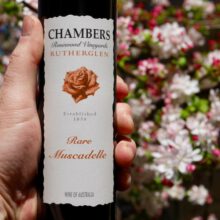
Product information
Chambers Rosewood ‘Rare’ Muscadelle 375ml NV
$290
Description
This wine demonstrates exotic coffee, malt, vanilla bean and mocha aromas and flavours which linger on the palate long after tasting. The base for the Rare wines is sourced only from exceptional material; the very best we can produce. The solera for this wine is meticulously maintained.
Serve after dinner with a platter of soft cheeses, nuts and caramel based puddings.
Once opened the wine can be enjoyed over many months.
“The dark mahogany and olive rim to the hue turns out to be a sure sign of a wine that is as magnificently complex as it ever was. It’s absolutely certain the wine is being sold in tiny quantities to protect the quality of the solera. Its viscosity as it slowly pours from the neck of the bottle is yet another sign. The explosive impact of the first taste is otherworldly as dark spices, tea, butterscotch and vibrant, mouth watering acidity carries all the aromas and flavours that have gone before to a long, lingering finish and aftertaste.”
James Halliday 99 Points
In stock (can be backordered)
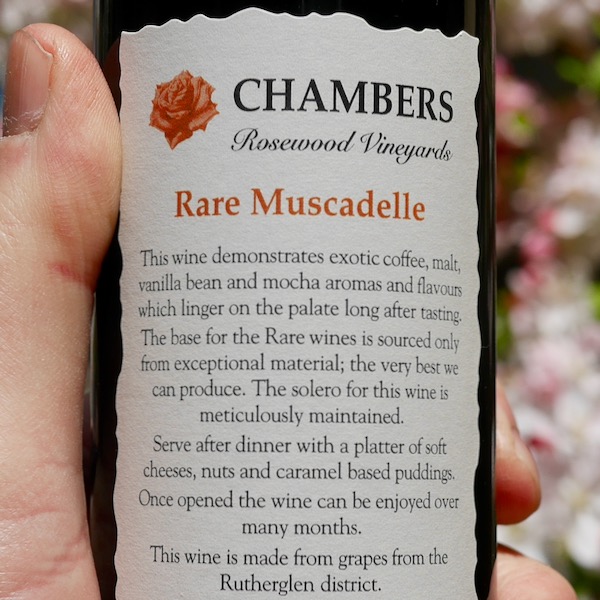
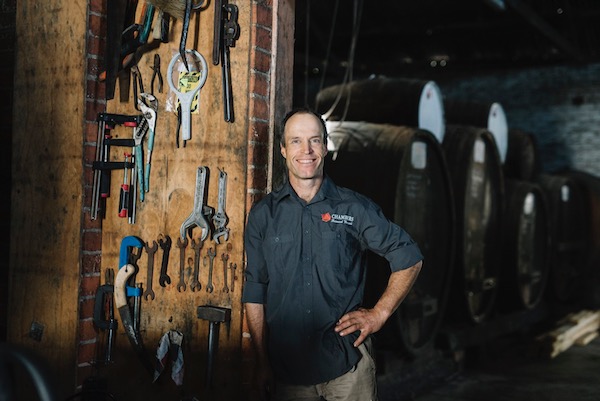




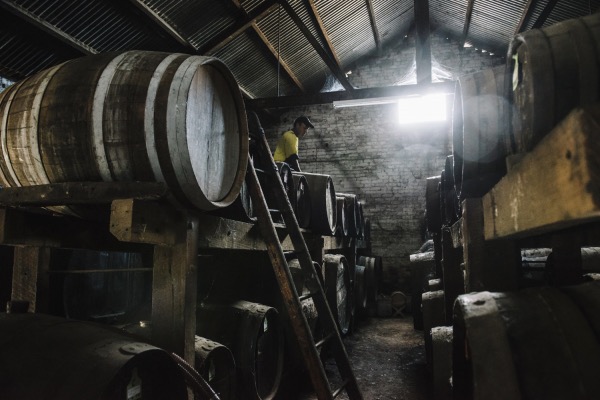
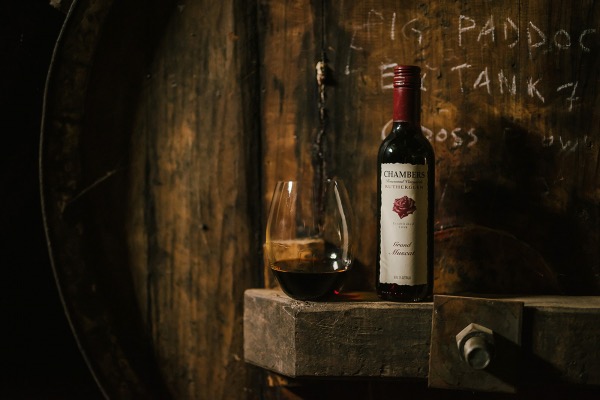
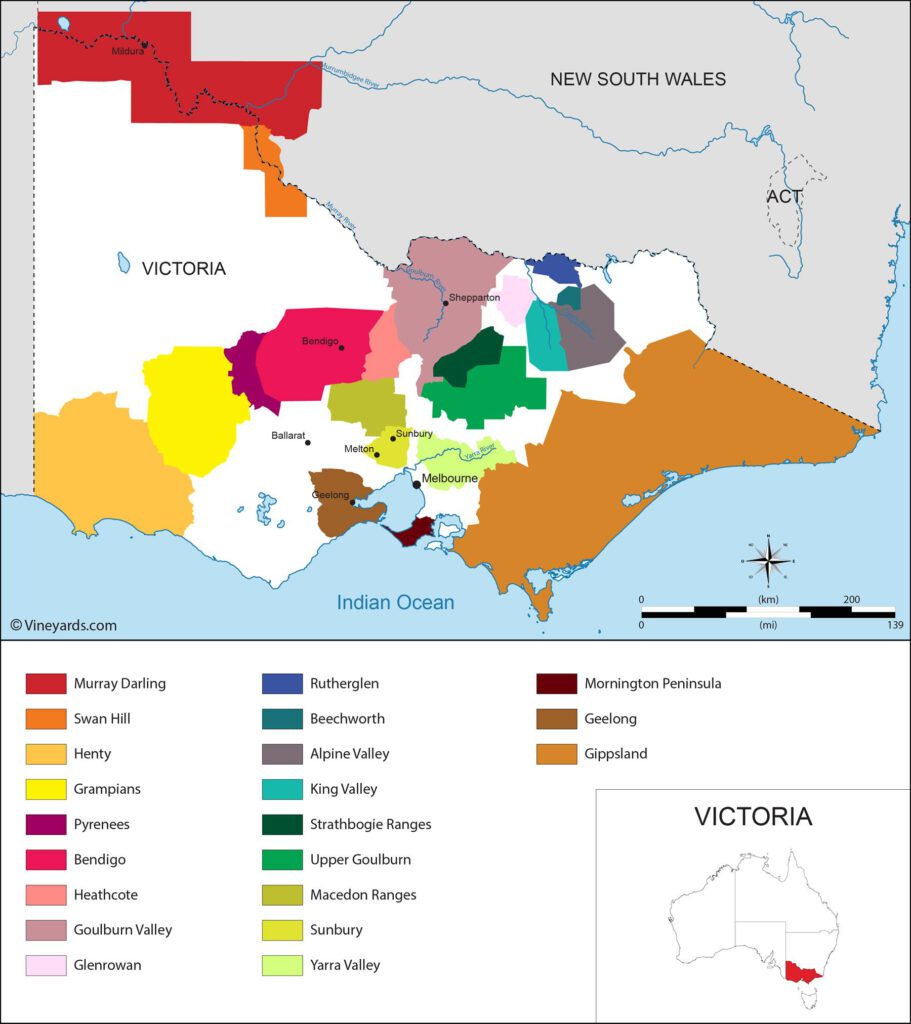
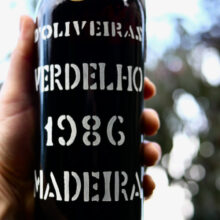
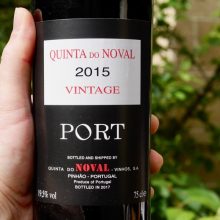
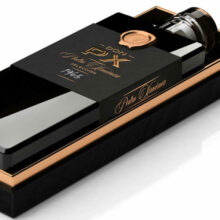
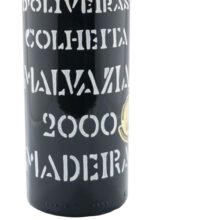
You must be logged in to post a comment.